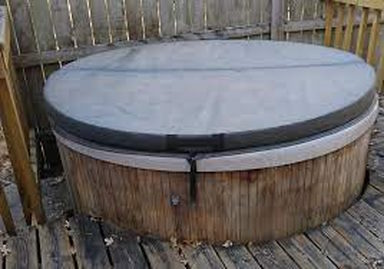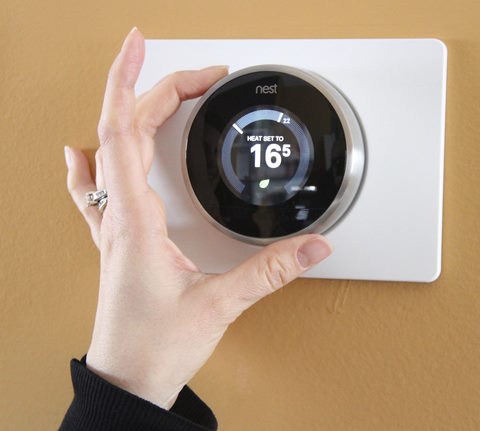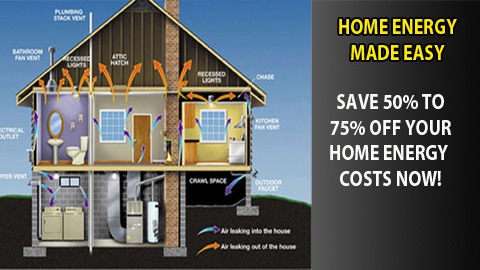“See the positive possibilities. Redirect the substantial energy of your frustration and turn it into positive, effective, unstoppable determination.”
Energy Efficiency - Dishwasher
With the continuous rise in the cost of energy to power your home, it would serve you in good stead if you learn how to optimize the energy efficiency in your home. Luckily, there are many things you can do to make your use of energy more efficient, and save on power bills in the process.
Following are some strategies you can use to improve the energy efficiency of your dishwasher, regardless of whether it is new or old.
Reduce heat.
Set the water heater thermostat to a lower setting of 120 degrees. Modern dishwashers sometimes use internal booster heaters to elevate the wash cycle water's temperature to 140 degrees. You end up heating the water twice because some dishwashers even do this regardless of the temperature of the incoming water.
- Set mode to energy-saving.
Check the dishwasher settings. Use the energy-saving option to save 50% of the water (and energy used for water heating) utilized by other cycles.
- Vent it out.
Select an air-dry cycle that dries your dishes with warmed air. With this, you can reduce your dishwasher's operational costs by 15 to 50%. If your model does not have this feature, you should think about turning off your dishwasher immediately before the dry cycle begins and leaving it open so that the dishes can dry naturally.
- Completely fill up.
Always run the dishwasher only when completely full. The amount of water and energy used by your dishwasher does not significantly change depending on how many dishes are in it. Arrange the dishes in the dishwasher trays neatly for best results.
- Do not rinse.
Don’t pre-rinse your dishes in the sink. Instead, scrape food off of them. Most modern dishwashers are made to remove minute food particles that are left over after larger ones have been scraped off.

Hot Tub Energy Efficiency
Here are some tips on how to achieve hot tub energy efficiency:
Use appropriate temperature.
When you're not using your hot tub, turn down the temperature of the water to save energy. Although you might have to wait a little while longer for it to warm up, you'll save energy and money on your electricity bill. Saving 20% is possible with a 10 degree heat reduction!Power down.
When you leave the hot tub, turn off the jets. When using your hot tub, the jets' utilization of air to move water is great. When not in use, though? You spend more money to maintain the water at the desired temperature since the water cools.
Maintain regularly.
Hot tub energy efficiency can be achieved by utilizing less energy. One way to do it is by adhering to your hot tub's maintenance routine. Clogged filters clogged hinder the water's ability to circulate through your hot tub, and make your pump work harder.
Provide protection.
Install your hot tub beneath a pergola or gazebo. The structure will offer cover and shade, which reduces energy use.
Keep the tub covered.
Use an appropriate cover. It requires less energy to heat the water because the lid helps maintain heat inside and avoids water loss. Additionally, there is less of a need to refill the tub.

Furnace Energy Efficiency
You can improve your furnace energy efficiency by following the tips below:
Regularly replace filters.
Furnaces with clogged filters use 15% more energy than furnaces with clear filters. A furnace operating with a clogged filter is likewise headed for disaster. Your furnace works harder to force hot air through the ductwork because filthy filters limit airflow. This may degrade your furnace over time to the point where it breaks down too soon.
Avail of fall furnace maintenance.
Up to 40% energy can be saved by the HVAC system when seasonal tune-ups are performed. Up to 95% of breakdowns and furnace repairs can be avoided with proper heating maintenance. Most HVAC warranties regular maintenance to be effective.
Install smart thermostat.
Modern thermostats have controls that can connect to home automation systems and the smart grid. While you enjoy warmth and savings, programmable WiFi thermostats and learning thermostats optimize furnace energy efficiency and reduce heating bills.
Ductwork should be cleaned and sealed.
Many homeowners are unaware of what may be hiding in their ductwork. Ducts may contain germs, dirt, bacteria, dust mites, insect poop, and pollen in addition to dirt. Leaky ducts that allow the heat you pay for to escape are as bad. These leaks cause the typical homeowner to lose up to 30% of hot air.
Consider Installing a New Furnace
A new furnace will save you the most money on heating expenditures. The high-efficiency miracles of today's units have efficiencies of up to 98.5%. In contrast, older furnaces have efficiency between 56 and 70%. Your furnace may be due for replacement if your utility expenses have recently increased.
Adjust of indoor humidity levels.
Between 40 and 60% is the ideal indoor humidity level. The amount of heat transferred will increase if a humidifier is used to keep the air at a 40% humidity level. In cold weather, your house will feel warmer even if the thermostat hasn't been increased or more electricity hasn't been utilized.

Energy Efficiency Doors
A few easy tune-ups will guarantee that your original wood doors continue to allow people in, while keeping the weather out.
Seal the gaps.
The majority of energy loss, assuming that your door is in excellent condition, probably happens in the areas around the door rather than through the door itself. Make sure the door is hanging properly on its hinges before doing anything else since gaps between the door and frame can result to gaps. Use silicone caulk to fill in any gaps along the door frame after that.
Weatherproof it.
Weatherstripping will tighten up holes between the door frame and the door, while caulking will assist seal gaps between the frame and the wall. For doors, compressible foam or rubber weatherstripping is a fantastic option since it will tighten when the door is closed to provide the best seal. Don't forget the bottom of the door. Install rubber or bristled door sweeps on the door interior.
Think about storms.
Storm doors can lower energy loss by creating an extra barrier for air to move through. However, because thick wooden doors are often well-insulated, storm doors aren’t always essential or cost-effective— storm-door installation are recommended only in cold areas or with doors that feature glass panels. If you do decide to install a storm door, make sure to pick one that blends in with your home's design.
Secure the glass.
Compared to doors made of solid wood, doors with glazing (such as sidelights, a transom, or inset glass panels) may be more prone to energy loss. Ensure that all of the glass in and around your door is securely fastened and in good shape. To provide another layer of weather protection and prevent aged panes from breaking, sidelights can be encased in wood-framed glass or even a simple sheet of plexiglass.

Roof Energy Efficiency
Following are some ways to achieve roof energy efficiency:
Install cool roof.
Your roof temperature can soar far higher than normal on a hot summer day. Even though it is 97º F outdoors, it turns out your roof could be upwards of 150º F. Installing cool roofing systems and procedures will lower the heat your roof collects and can reduce the temperature in the air that surrounds your home by more than 50º F.
Improve insulation of your attic and roof deck.
Proper insulation can keep excess heat out of your home during the summer, and keep heat inside during the winter. Insulation is designed to slow the transfer of heat between the outdoors and your living space. You can cut your overall energy consumption by 11% by properly insulating your attic and the area just below your roofing material or the roof deck.
Install heat recovery ventilator in the attic.
Though it is critical to eliminate unwanted air holes, cracks, and gaps in your home, it is also critical to ensure that the air inside your home can be ventilated back outside, ensuring a consistent supply of fresh air.
You can gain more control over the temperature stability directly under your roof and ultimately in your living space by controlling the airflow in and out of your home through proper ventilation in your attic.

